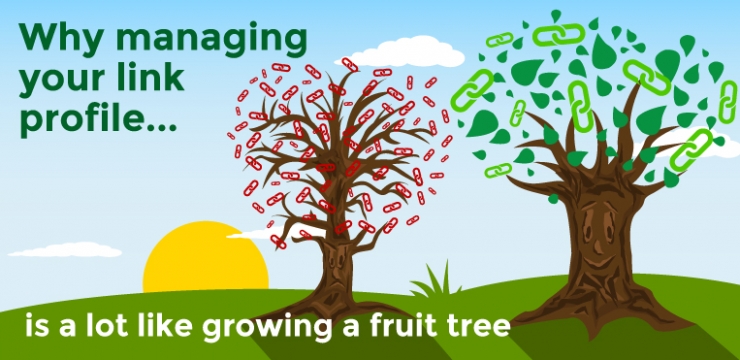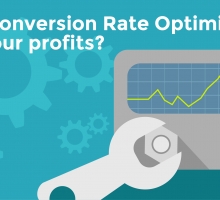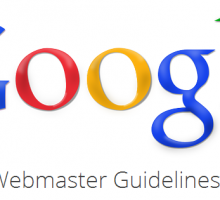We can sometimes get carried away with analogies in the world of SEO, so forgive us if we’ve gotten a bit too fruity with this one. Today we’re talking about links and specifically, how to best manage your links profile and whether you need links research tools to do this. We’re not going to be looking at how to grow your links, that’s for another day, instead we’ll be examining how to best cultivate and prune to enhance your site’s performance.
SEO-ing and growing
Imagine you plant your fruit tree seed and you sit back and watch it grow. You put a lot of time and effort into deciding where to plant it so it has lots of light. To produce fruit it needs branches, but if there are too many branches or a few branches that are in less than perfect health they’ll hold back the overall yield of the tree. Links are like those branches; you know that to have a strong site that attracts plenty of traffic and makes sales, you need links. While it’s never really a case of having too many links, you may have ones that are doing more harm than good and impacting on the benefit provided by others.
Taking this tree comparison one step further, to give your fruit a good chance of growing large and tasty, you might want to shape the tree and its branches. This is like creating an optimum link profile, one that supports your goals, stays on the right side of Google and yields you fruit. To do that, you do need to keep an eye on those branches.
There are a number of links tools both paid and free that allow you to monitor your inbound links to ensure they’re healthy, desirable links. You can start with free platforms like Google Webmaster tools and add into the mix software like Ahrefs and Majestic SEO. We use a full set of link tools to help us research link profiles but we consider the impact of each one manually and that’s where we get into pruning territory.
Polishing and pruning
In the past, some SEOs took a quantity rather than quality approach to link development, which for our tree means lots of tangled branches flinging fruit on the ground. In site terms, post-Penguin this past behaviour could land you in hot water with Google and you might find you’ve suffered a drop in rankings. To learn more about leveraging links for the benefit of your site, check out our recent blog post. Meanwhile, it’s time to get down to the job of pruning and this can be done in two ways – manually by establishing your link profile in as much depth of possible using links research tools to give a full picture then working through each link one by one to establish its impact. Or, you can use software such as Linkdetox, which will identify links it considers to be toxic. While there’s definitely a place and use for both approaches, we prefer to work through things ourselves, considering each link on its own merits, monitoring new links as they come in and submitting disavows when required.
When do you need a gardener?
If you have suffered penalisation post Penguin and want to remove links considered unnatural by Google, you’ll want to get rid of those offending links as soon as possible. At the same time, you don’t want to hack at your tree and remove healthy branches. Examining each link on its individual merits before submitting a disavow makes for a more calculated approach to pruning, helping to shape your profile and give your tree a better chance of flourishing in the future.
Ultimately, to monitor the health of your site you do need links research tools but you also need to use them for the best impact and to plan growth once damage is remedied. You, my friend, need a gardener.
Want to sow the seeds of SEO success? Contact us today to find out more about our links disavow and Penguin recovery services. We can help your fruit tree flourish!




